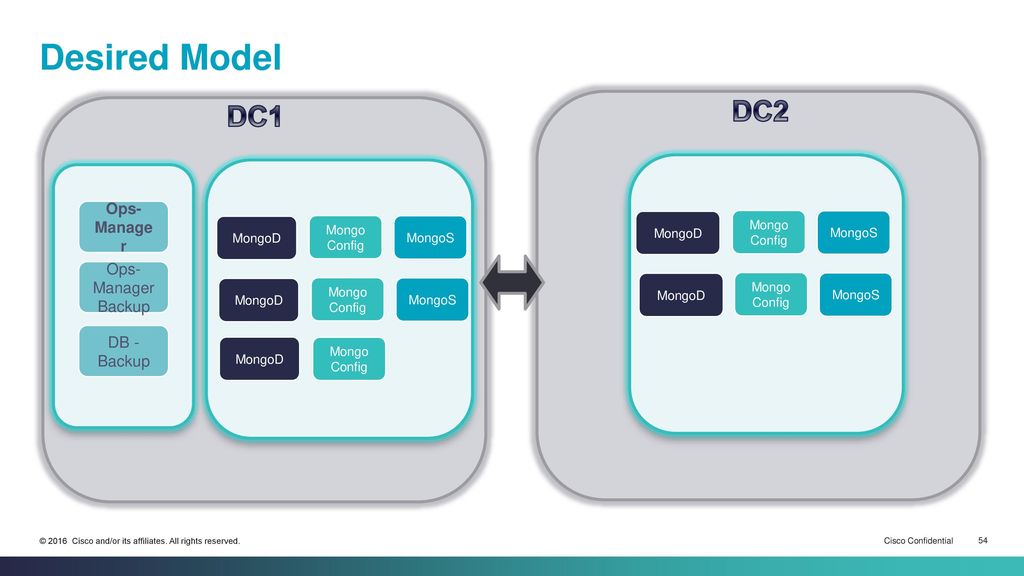
/f/70749/915x510/1d04bac6d3/query3.png)
Is it true that Apache ZooKeeper can become a pain point with a Kafka cluster? The other option is to use software that provides filesystem-level encryption such as Cloudera Navigator Encrypt, included as part of Cloudera Enterprise, which provides a transparent encryption layer between the application and the filesystem.

But that would require the producers to share encryption protocols and keys with the Consumers. Users can always encrypt the payload of the messages written to Kafka-that is, producers encrypt the data before writing to Kafka, and then the consumers can decrypt the received messages. How do I encrypt the data persisted on my Kafka Brokers?Ĭurrently, Kafka does not provide any mechanism to encrypt the data persisted on the brokers (i.e. Sequential reads and writes are heavily optimized by modern operating systems. Thus, disk reads and writes in Kafka are sequential, with very few random seeks. Each Kafka Partition is stored as a sequential write ahead log.That’s why replicating to at least three replicas is critical-because a single replica will lose the data that has not been sync’d to disk, if it crashes. That is, other than at startup/shutdown, no Kafka operation waits for a disk sync to complete disk syncs are always in the background. Kafka writes to disk are asynchronous.Using SSDs instead of spinning disks has not been shown to provide a significant performance improvement for Kafka, for two main reasons: In this post, you’ll find answers to most of those questions. Apache Kafka now is an integrated part of CDH, manageable via Cloudera Manager, and we are witnessing rapid adoption of Kafka across our customer base.Īs more customers adopt Apache Kafka, a common set of questions from them about development and deployment have emerged as a pattern. This post contains answers to common questions about deploying and configuring Apache Kafka as part of a Cloudera-powered enterprise data hub.Ĭloudera added support for Apache Kafka, the open standard for streaming data, in February 2015 after its brief incubation period in Cloudera Labs.


 0 kommentar(er)
0 kommentar(er)
